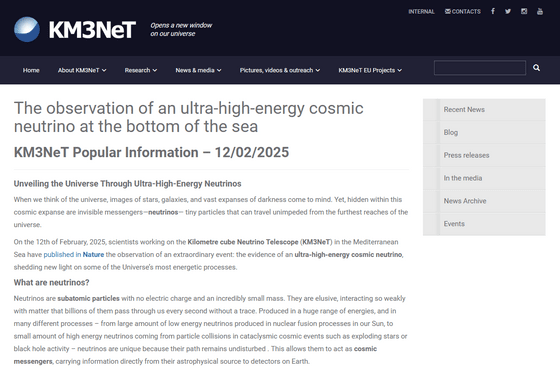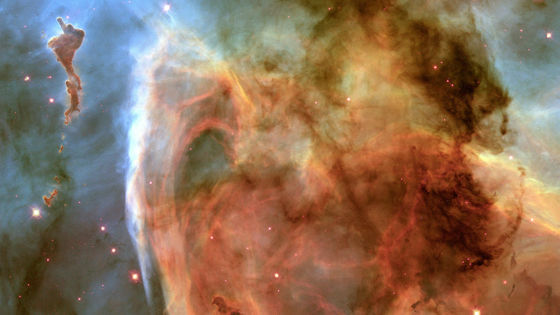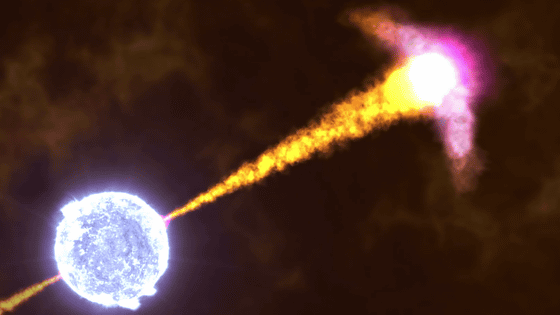Neutrino detector sunk to bottom of Mediterranean detects neutrinos with 20 times more energy than ever before

Observation of an ultra-high-energy cosmic neutrino with KM3NeT | Nature
https://www.nature.com/articles/s41586-024-08543-1
Record-breaking neutrino is most energetic ever detected
https://www.nature.com/articles/d41586-025-00444-1
The observation of an ultra-high-energy cosmic neutrino at the bottom of the sea - KM3NeT
https://www.km3net.org/the-observation-of-an-ultra-high-energy-cosmic-neutrino-at-the-bottom-of-the-sea/

Seafloor detector picks up record neutrino while under construction - Ars Technica
Neutrinos are known to be extremely difficult elementary particles to observe because they do not react easily with other matter, and can only be detected at large observation facilities. In fact, at the IceCube Neutrino Observatory in Antarctica, 86 holes 2,450 meters deep are drilled vertically using pressurized hot water drills, and 60 optical sensor modules are used to detect neutrinos.
Neutrinos observed underground in Antarctica turned out to have come from a black hole 3.9 billion light years away - GIGAZINE

Similarly, KM3NeT is a project to sink a neutrino telescope to the bottom of the Mediterranean Sea to detect neutrinos. At the time of writing, KM3NeT is still under construction and is only about 10% complete.
When a neutrino collides with an atom in water, a muon , an elementary particle heavier than an electron, is released. Because light travels slower in water than in a vacuum, the muon released in water travels faster than light traveling through water. When particles travel locally faster than the speed of light, a blue light called Cherenkov light is produced. The IceCube Neutrino Observatory and the optical module of KM3NeT are facilities that can detect this Cherenkov light.

On February 12, 2025, the KM3NeT project team announced that they had detected neutrinos with energies ranging from 60 PeV (petaelectronvolts) to 230 PeV, the highest ever recorded.
According to the project team, the energy was so great that the highest detectors were completely saturated, and about a third of the detectors detected signs of muons passing through.
The project team estimated the source of the neutrinos based on the timing of detection and the amount of energy released. As a result, it was suggested that the neutrinos may have traveled almost parallel to the surface of the Earth, but no source of neutrinos was found within the Milky Way Galaxy. Meanwhile, in the universe farther away than the Milky Way, there are celestial objects called blazars that shine with the energy source of a massive black hole, and some of the known blazars emit particles generated in the direction of the Earth. According to the project team, there are about 12 high-energy celestial objects, including blazars, in the direction from which the neutrinos detected this time came, and two celestial objects were identified that were within 1% deviation from the predicted path.
The project team said: 'This discovery is a milestone in neutrino astronomy, which is still in its infancy compared to traditional optical and radio astronomy. High-energy neutrinos like the one detected this time may help resolve long-standing questions about the origin of cosmic rays and how they can be accelerated to enormous energies. Next-generation neutrino observatories such as KM3NeT will help push the limits of our understanding by detecting these neutrinos.'
Going forward, the project team plans to continue expanding KM3NeT by increasing the number of detection lines and data acquisition time, in order to improve neutrino detection sensitivity and the ability to identify neutrino sources.

Related Posts:
in Science, Posted by log1r_ut






